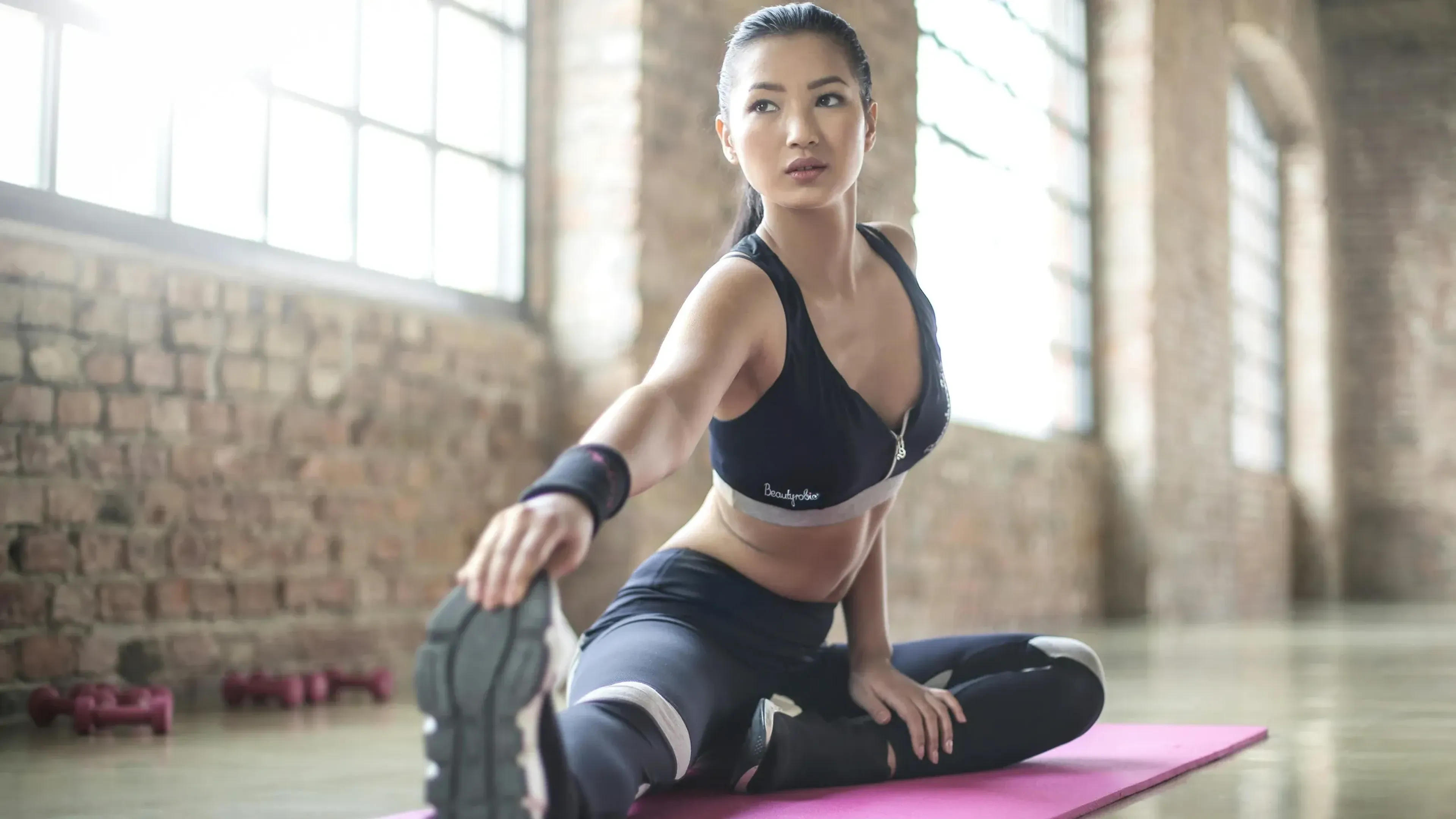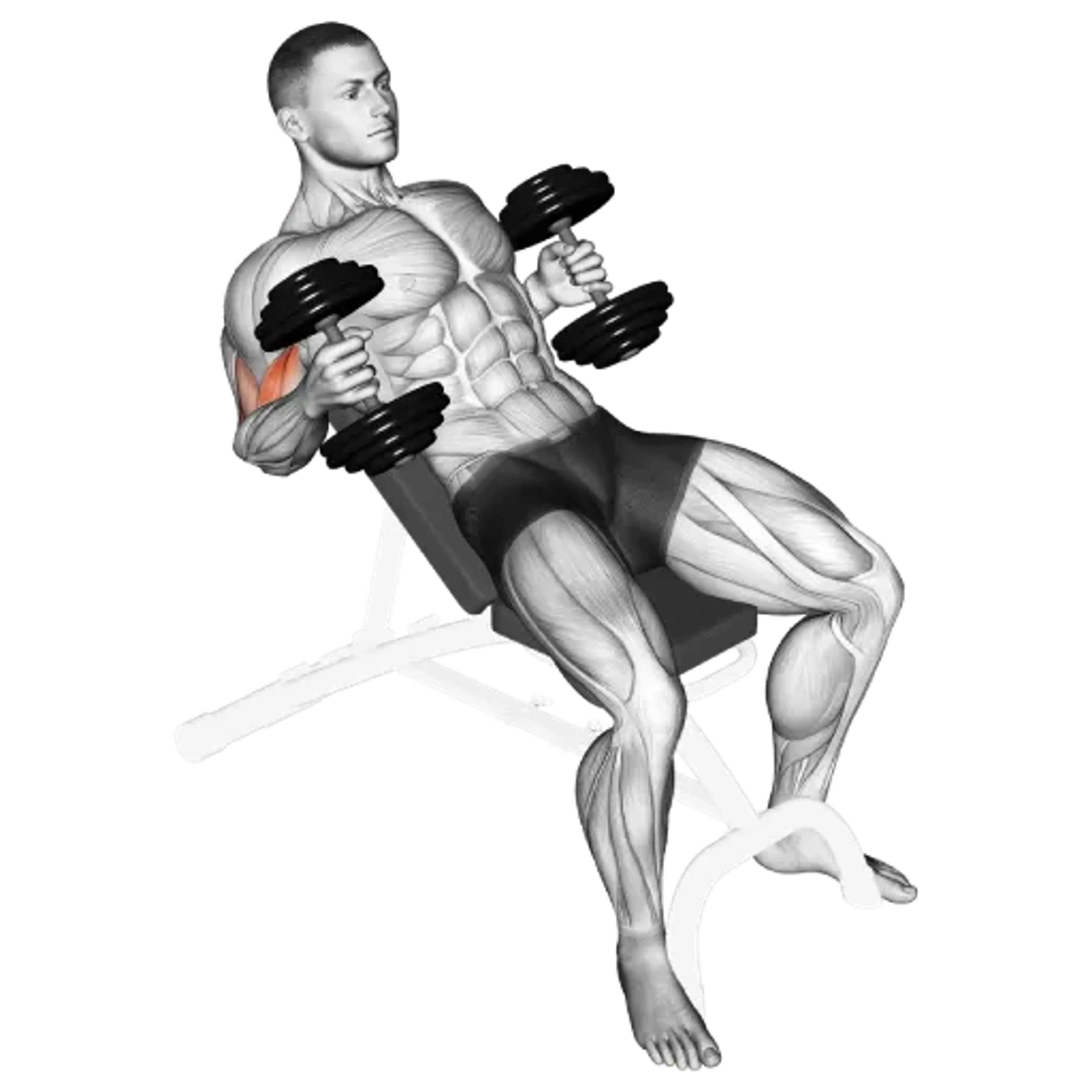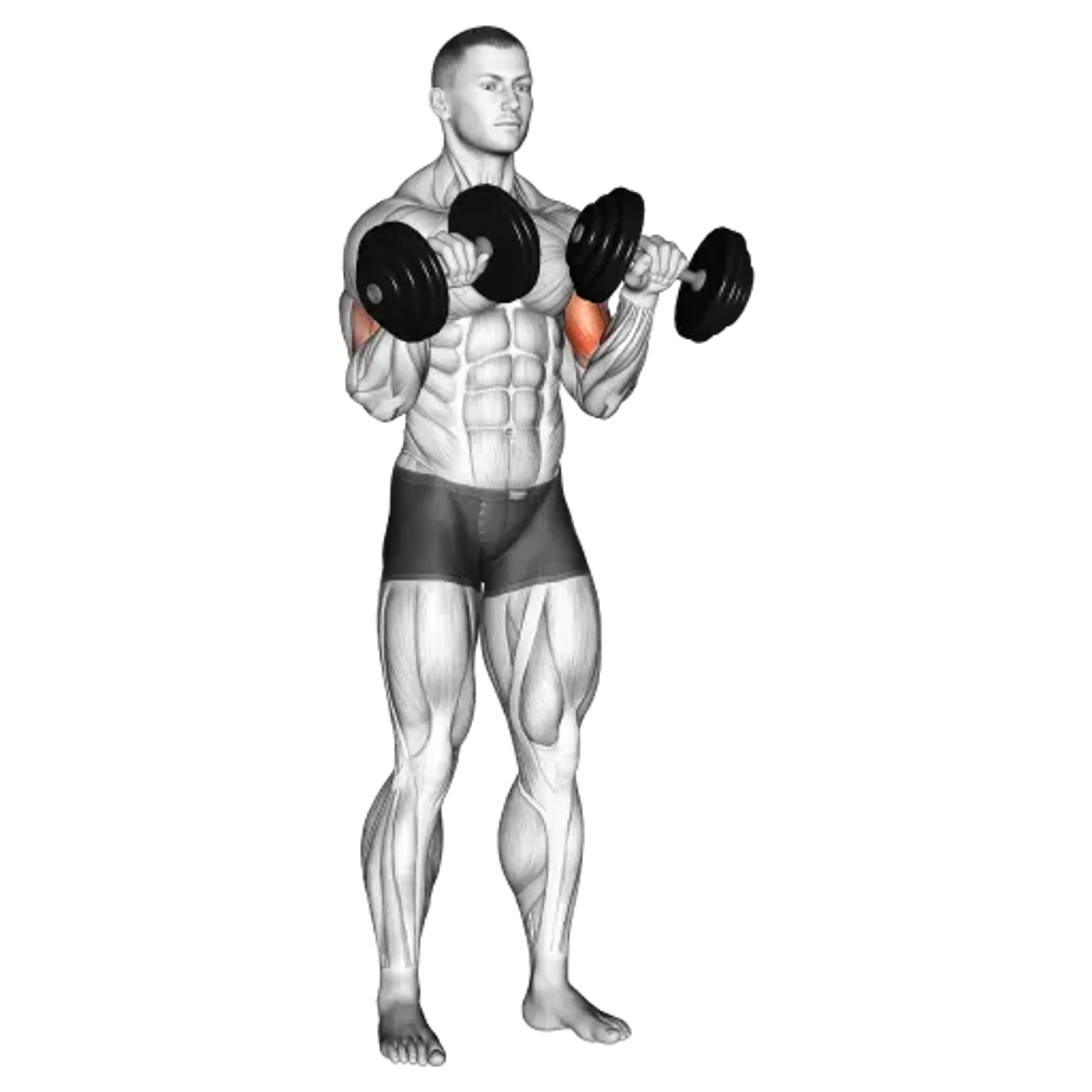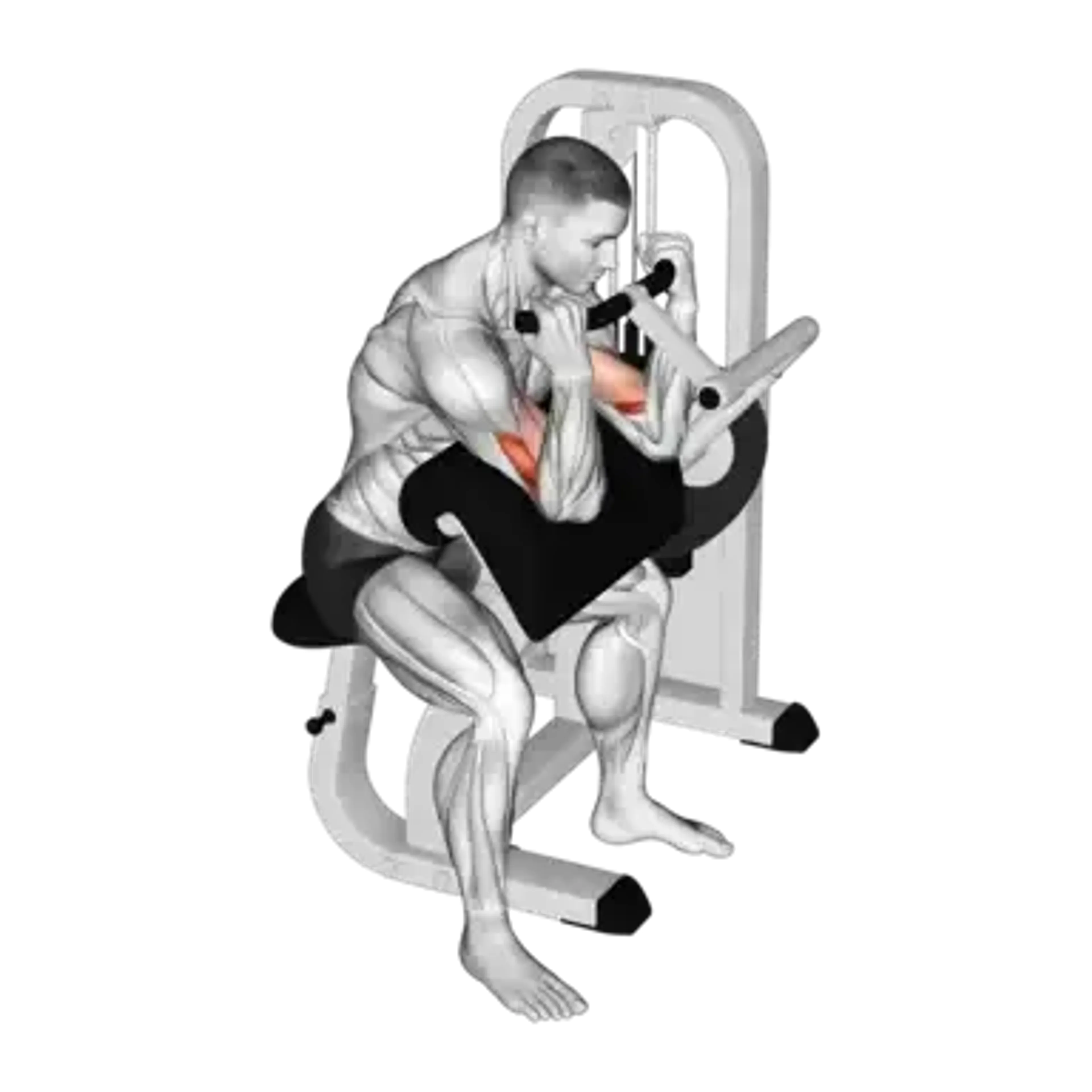Dumbbell Hammer Curl

Overview
- Primary Focus:
- Biceps.
- Equipment:
- Dumbbell.
- Difficulty:
- Beginner.
General Information
The Dumbbell Hammer Curl is an isolation exercise that primarily targets the brachialis and brachioradialis, with secondary emphasis on the biceps brachii. It’s a beginner-friendly movement that builds arm strength and enhances overall upper arm development. The neutral grip (palms facing each other) sets it apart from traditional bicep curls by shifting more focus to the forearms and deeper arm muscles.
One notable benefit of the hammer curl is its ability to enhance grip strength while reducing strain on the wrists. This makes it a great alternative for those who experience discomfort with standard curls. Additionally, it plays a crucial role in developing balanced arm aesthetics by working muscles that aren’t as heavily targeted in other curling movements.
The dumbbell hammer curl can be performed with both arms simultaneously or by alternating arms. Alternating allows you to concentrate on each arm individually, ensuring equal effort and potentially reducing fatigue during longer sets.
Muscles Worked
- Brachioradialis
- Primary
- Brachialis
- High
- Biceps Brachii
- Medium
- Flexor Carpi Radialis
- Medium
Instructions
- Stand with feet shoulder-width apart, holding a dumbbell in each hand with a neutral grip (palms facing each other).
- Keep your elbows close to your torso and maintain a straight posture with your core engaged.
- Curl both dumbbells upward by bending at the elbows, keeping your palms facing each other throughout the movement.
- Squeeze your biceps at the top of the movement, ensuring full contraction.
- Slowly lower the dumbbells back to the starting position, maintaining control.
- Repeat for the desired number of reps. Alternatively, perform the movement by curling one arm at a time.
Common Mistakes
Injuries
The dumbbell hammer curl has a low risk of injury when performed with proper form, but a few potential risks exist.
Overloading the weight or using improper technique can strain the elbows or wrists. To avoid this, start with moderate weight and focus on controlled movement throughout each rep.
Another risk is swinging the dumbbells, which reduces muscle activation and places unnecessary stress on the lower back. Prevent this by keeping your core tight and avoiding momentum.
Alternative Exercises

Frequently Asked Questions
- Q: Can I alternate arms during the hammer curl?
Yes, alternating arms is a common variation that helps isolate each bicep and allows you to focus on form.
- Q: How often should I do hammer curls?
Training biceps 1-2 times per week is enough for most people, depending on overall arm workout volume.
- Q: Should I go heavy on hammer curls?
Focus on controlled movements with moderate weight. Going too heavy can compromise form and reduce effectiveness.
Overview
- Primary Focus:
- Biceps.
- Equipment:
- Dumbbell.
- Difficulty:
- Beginner.




